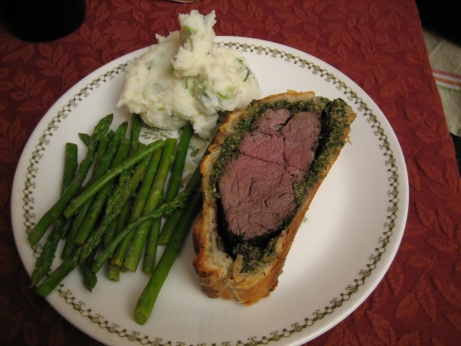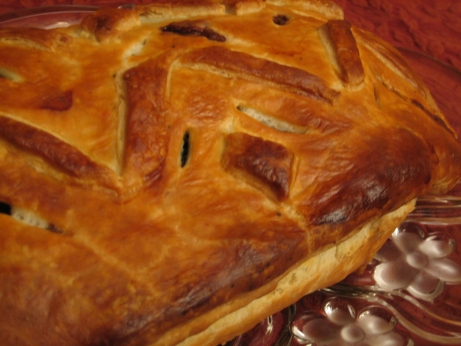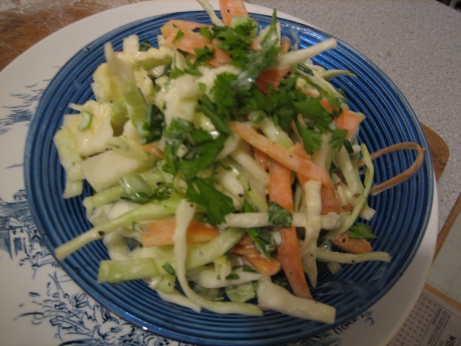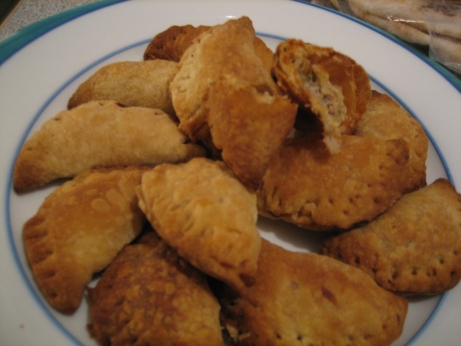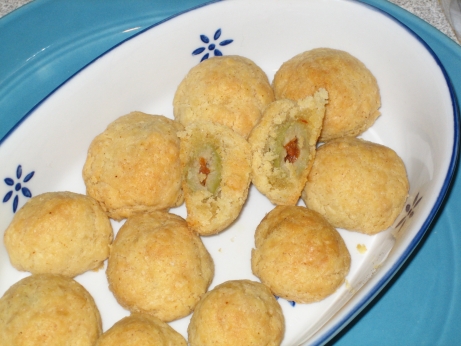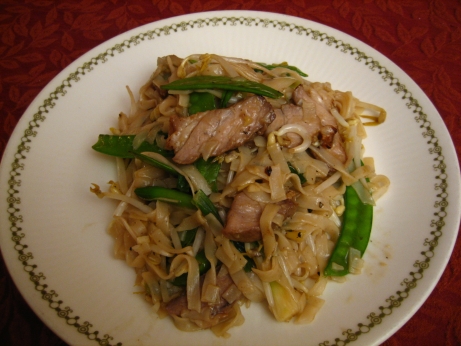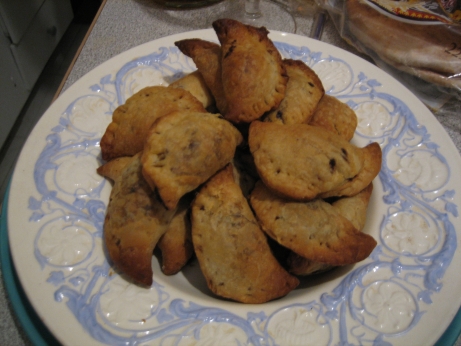
The recipe is a combination of this one for full sized Sherried Mushroom Empanadas, and yesterday’s tuna empanaditas. Of course the full sized empanada makes way too much filling, so you’d need to cut it down.
I made these for the same party as the tuna empanaditas. They use the same puff pastry wrapping, and have the same baking directions. The filling however is quite different, and I thought it worked much better than the tuna. The filling is made of sautéed onion, mushroom, and red bell pepper with sherry, prosciutto, parsley, and bread crumbs. The flavour combination worked really well, I though the sweetness of the sherry might be a bit strange but it melded nicely with the other flavours, particularly the mushrooms and prosciutto.
The main advantage this filling had over the tuna was moisture. You can see in the photo that I drastically overcooked them, and there were a few that got completely dehydrated inside. The larger ones managed to remain creamy, with a crisp exterior making for a very nice contrast.
The recipe calls for Serrano ham, which is very much like prosciutto, but a bit tougher in texture, more flavorful, and a bit less fatty. I couldn’t find any for this dish, or any of the other times I’ve looked. It must be available in Montreal, because it’s on the menu at tapas bars, but I don’t know what their source is. The recipe gives prosciutto as an acceptable substitute though.
I was in Spain a few years ago, and fell in love with Serrano ham. The bocadillo de jamon was my preferred lunch, or tapas treat. I had 40 Euros worth of it taken away from my be American customs officials on my way home. The injustice still rankles me. I was only connecting through Newark, my ham and I never left the airport, but they still took it away from me. I would have had to sneak it past Canadian customs to get it home, but losing it to them was a risk I was willing to take. Now whenever I go through the post 9/11 security theatre lines at an American airport I shake my head at the futility of taking my shoes off, and damn them for taking away my precious jamon.
This recipe suffered from the same baking issues as yesterday’s tuna, but I think a bit more monitoring could solve that problem. The flavour combinations were really good, creamy mushrooms, a bit of crunch from the peppers, salty chewy prosciutto, the smooth sweet flavours of the sherry, and even a little freshness from the parsley. The overcooking was a serious problem, so I can’t give it full marks, but there are a lot of things going for this recipe.
